Willem de Kooning: A Pioneer of Abstract Expressionism
Willem de Kooning, a Dutch-American painter, emerged as one of the foremost figures of Abstract Expressionism in the mid-20th century. His dynamic and innovative approach to painting challenged conventional notions of form, color, and composition, leaving an indelible mark on the art world. This essay delves into the life, influences, and artistic contributions of Willem de Kooning, examining his significant impact on the development of abstract art.
Born on April 24, 1904, in Rotterdam, Netherlands, Willem de Kooning displayed an early interest in art. He received formal training at the Rotterdam Academy of Fine Arts and Techniques, where he honed his technical skills and developed a deep appreciation for the works of the Old Masters. However, it was his move to New York City in 1926 that proved pivotal in shaping his artistic trajectory.
In New York, de Kooning was exposed to a vibrant cultural milieu that included the burgeoning avant-garde movement. He found inspiration in the works of artists such as Pablo Picasso, Henri Matisse, and Arshile Gorky, whose experimentation with form and expressionism would profoundly influence his own artistic vision. De Kooning's encounters with Surrealism, particularly the works of Joan Miró and Salvador Dalí, further expanded his creative horizons, leading him to explore the realms of the subconscious and the irrational in his art.
De Kooning's early works reflected the influence of European modernism, characterized by bold brushwork, fragmented forms, and a penchant for abstraction. However, it was during the 1940s and 1950s that he fully embraced abstraction, ushering in a period of intense experimentation and innovation.
Central to de Kooning's artistic practice was his dynamic approach to paint handling. He employed a gestural technique, using broad, sweeping brushstrokes to create compositions that pulsated with energy and vitality. His mastery of color was equally remarkable, as he deftly juxtaposed vibrant hues to evoke a sense of depth and movement within his canvases.
Key Works:
Among de Kooning's most celebrated works is "Woman I" (1950-1952), a monumental painting that epitomizes his exploration of the female form. Rendered with frenetic brushwork and distorted features, the painting exudes a raw and visceral quality, challenging conventional notions of beauty and femininity.
Another iconic work is "Excavation" (1950), a sprawling canvas that captures the tumultuous spirit of post-war America. Here, de Kooning eschews representation in favor of pure abstraction, layering thick impasto and vibrant colors to create a sense of frenzied movement and chaos.
Willem de Kooning's legacy looms large in the annals of art history, as his contributions to Abstract Expressionism continue to resonate with subsequent generations of artists. His fearless experimentation and relentless pursuit of artistic freedom laid the groundwork for the development of new forms of expression, inspiring countless painters to push the boundaries of their craft.
Willem de Kooning stands as a towering figure in the pantheon of 20th-century art. Through his bold and innovative approach to painting, he forged a path that redefined the possibilities of abstraction, leaving an enduring legacy that continues to shape the trajectory of contemporary art.
Elaine de Kooning: A Trailblazing Figure in Abstract Expressionism
Elaine de Kooning, an American painter and writer, emerged as a significant voice in the Abstract Expressionist movement of the mid-20th century. Renowned for her dynamic brushwork, bold compositions, and keen understanding of human form, she played a vital role in shaping the course of American art during this period. This essay explores the life, influences, and artistic contributions of Elaine de Kooning, shedding light on her lasting impact on the art world.
Born on March 12, 1918, in Brooklyn, New York, Elaine Marie Fried exhibited an early talent for art. She pursued formal training at the Leonardo da Vinci Art School and the American Artists School, where she studied under the tutelage of renowned artists such as Willem de Kooning (whom she later married), Arshile Gorky, and John Graham. These formative years laid the groundwork for her distinctive artistic style and set the stage for her future contributions to the art world.
Elaine de Kooning's artistic development was shaped by a diverse range of influences, ranging from the European modernists to her contemporaries within the burgeoning New York art scene. She was particularly drawn to the works of the Old Masters, as well as the innovative approaches of artists such as Pablo Picasso, Henri Matisse, and Jackson Pollock.
Central to de Kooning's artistic practice was her exploration of the human figure. Unlike many of her Abstract Expressionist peers who focused primarily on abstraction, she maintained a deep fascination with the human form, imbuing her paintings with a sense of vitality and movement. Her dynamic brushwork and bold use of color captured the essence of her subjects, evoking a powerful sense of emotion and energy.
Among Elaine de Kooning's most acclaimed works is "Bacchus #3" (1963), a vibrant and expressive portrait that exemplifies her mastery of form and color. Rendered with bold brushstrokes and rich hues, the painting pulsates with life, capturing the essence of the mythological figure in a contemporary context.
Another significant work is "John F. Kennedy" (1963), a portrait commissioned by the White House shortly before the president's assassination. De Kooning's portrayal of Kennedy captures both his charisma and vulnerability, reflecting the tumultuous political climate of the era.
Elaine de Kooning's contributions to Abstract Expressionism and portraiture continue to resonate with artists and scholars alike. Her fearless exploration of form, color, and emotion pushed the boundaries of traditional painting, paving the way for future generations of artists to explore new modes of expression.
Furthermore, de Kooning's advocacy for women in the arts has left a lasting legacy, inspiring countless female artists to pursue their creative ambitions and challenge gender norms within the art world. Her tireless dedication to her craft and unwavering commitment to artistic integrity serve as a testament to the enduring power of creativity and innovation.
Elaine de Kooning stands as a pioneering figure in the history of American art. Through her bold experimentation, dynamic brushwork, and keen understanding of the human form, she left an indelible mark on the Abstract Expressionist movement and the broader trajectory of contemporary art. Her legacy continues to inspire and influence artists around the world, ensuring her enduring significance in the annals of art history.




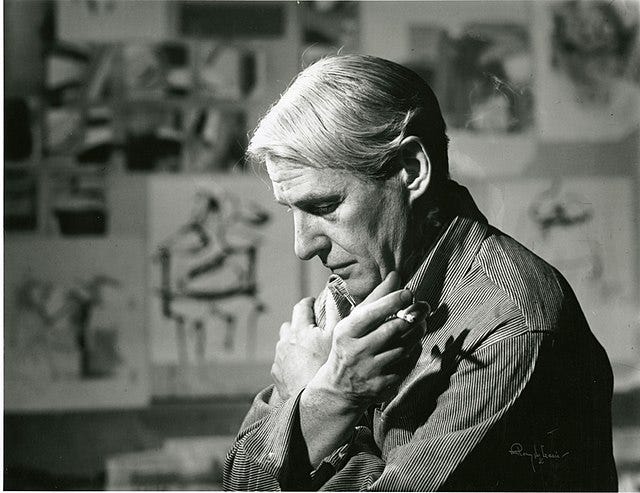
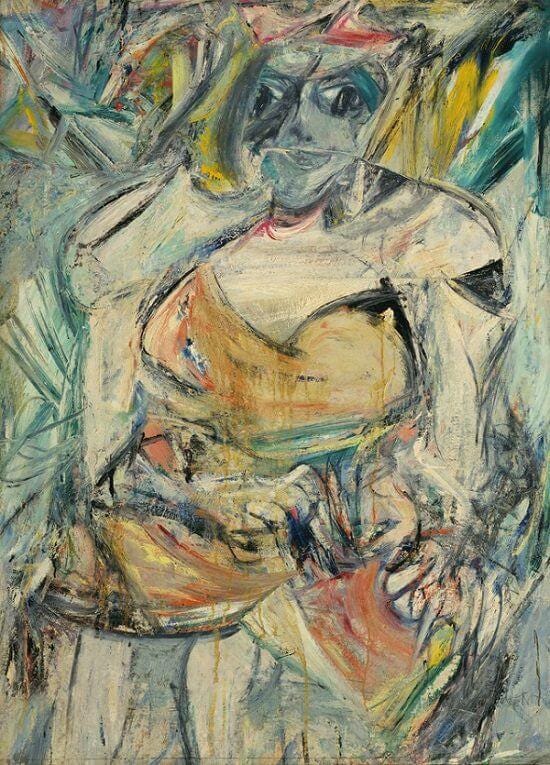
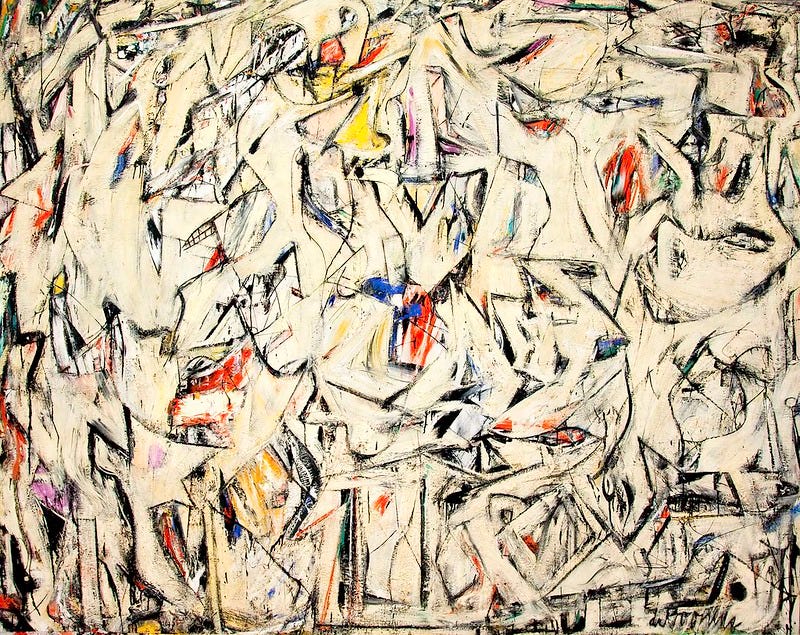
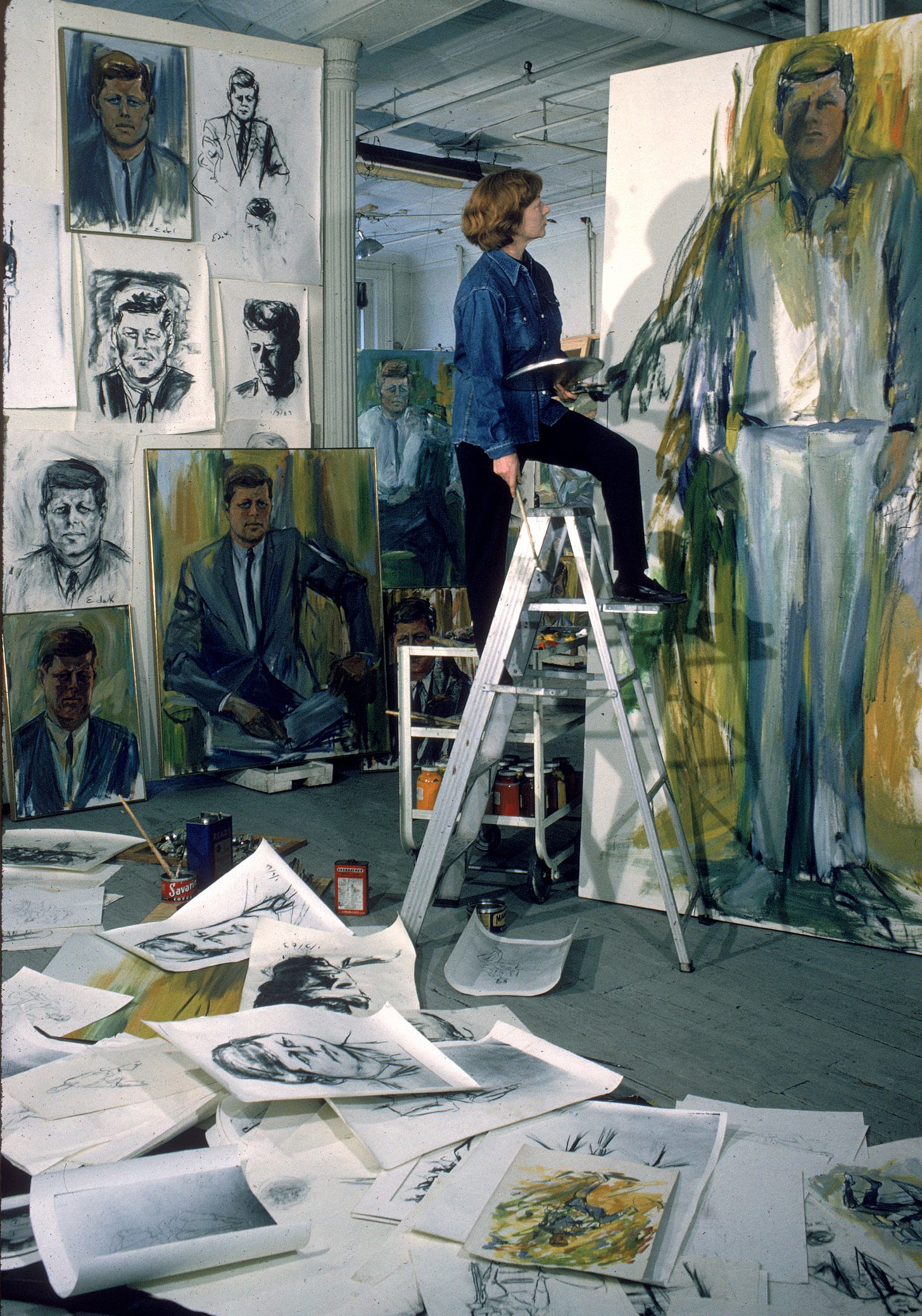

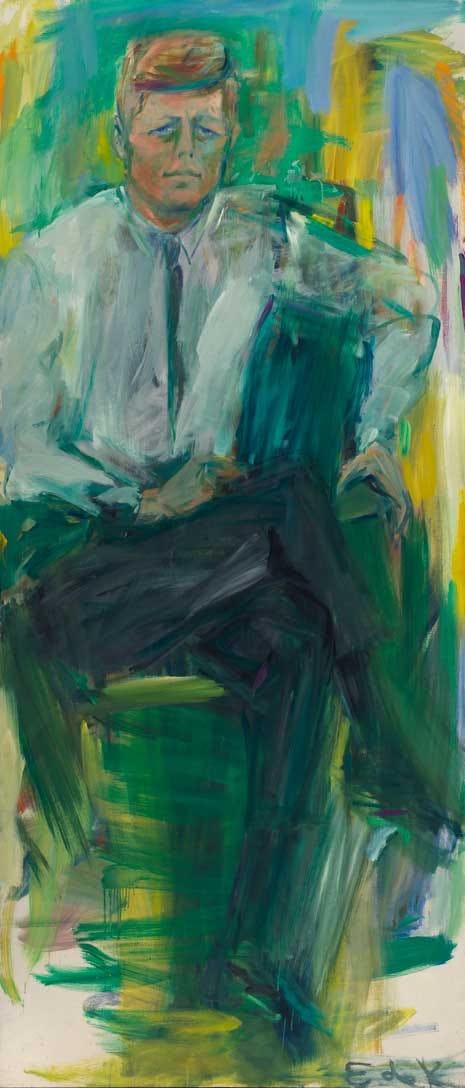
As a writer who dated a writer, I realized that was a fantastically bad idea, because writers are typically competitive (even if we don't mean to be) and one would feel upstaged...and he did. (Please note my less than illustrious writing career.) Anyway, my dull point is, I never understood how two very vibrant artists could couple up and be successful, both in their work and relationship. Then again, Joan Didion and John Gregory Dunne. So, what do I know? LOL. Great post, Matt. xo
Takes me back to Art college, when I was enamoured with the Abstract Expressionists.
Reflecting back on what I remember from my study of the movement, Willem and Elaine's cohabitational artistic and romantic relations were the opposite of Jackson Pollock's and Lee Krasner's relationship.